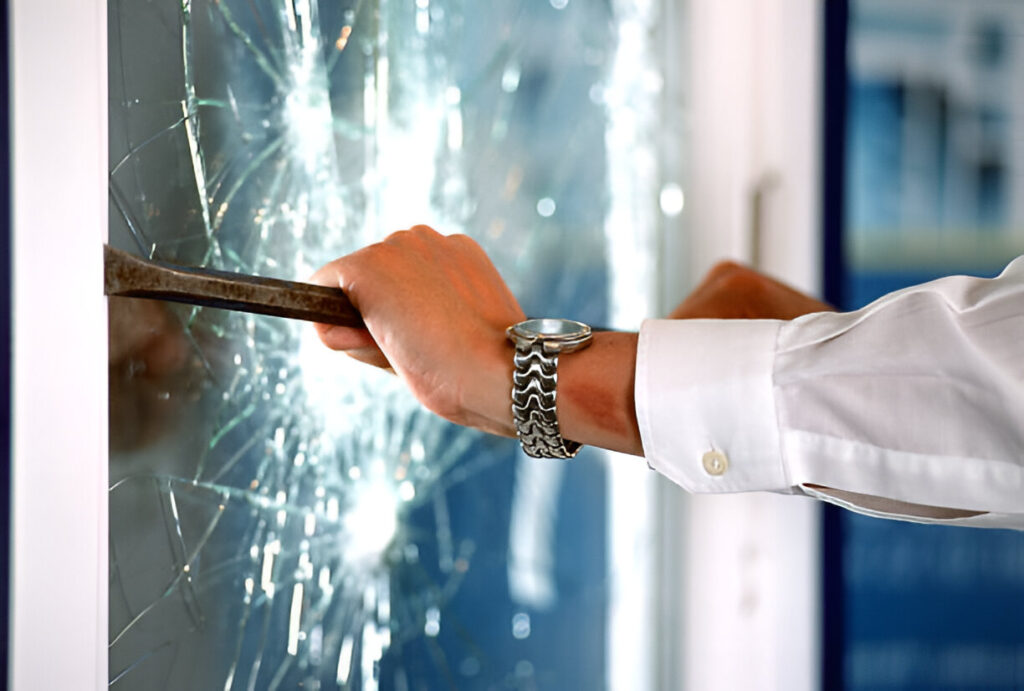When it comes to creating a stylish and elegant interior, the choice of glass can play a significant role. Among the popular choices are reeded glass and frosted glass. Both options offer distinct advantages, but they cater to different needs and aesthetics. Understanding the differences between these two types of glass can help you make an informed decision for your space.
What is Reeded Glass?
Reeded glass, also known as ribbed or fluted glass, features a textured surface with vertical or horizontal lines. This glass has been used for centuries, particularly in Victorian and Art Deco designs, and has recently seen a resurgence in modern interior design. The unique pattern of reeded glass diffuses light while maintaining a degree of transparency, making it an excellent choice for spaces where light control and privacy need to be balanced.
The linear design of reeded glass creates interesting visual effects, adding depth and dimension to a room. It’s commonly used in doors, windows, cabinet panels, and room dividers. Reeded glass can also serve as an accent piece, providing a touch of sophistication and vintage charm.
What is Frosted Glass?
Frosted glass is created by sandblasting or acid-etching a clear sheet of glass to give it a smooth, translucent appearance. The finish on frosted glass diffuses light more evenly and effectively than reeded glass, offering greater privacy while still allowing light to pass through. This quality makes frosted glass ideal for bathrooms, office spaces, and any other areas where privacy is paramount.
The versatility of frosted glass is one of its key strengths. It can be used in a variety of settings, from shower doors to office partitions, and even as decorative elements on glass doors and windows. Additionally, frosted glass can be cut and shaped to fit custom designs, adding a personalised touch to your interiors.
Comparing Reeded Glass and Frosted Glass
When deciding between reeded glass and frosted glass, consider the following factors:
Privacy
If privacy is a primary concern, frosted glass is generally the better option. Its opaque finish obscures views entirely while still letting in light. Reeded glass, on the other hand, provides partial privacy but still allows for visibility through its ribs or flutes, making it better suited for areas where complete seclusion is not required.
Light Diffusion
Both types of glass diffuse light, but to varying degrees. Frosted glass scatters light more broadly, providing a soft, ambient glow that can enhance the overall lighting of a room. Reeded glass allows light to filter through while creating directional patterns, which can add a dynamic visual element to the space.
Aesthetic Appeal
The choice between reeded and frosted glass also depends on your design preferences. Reeded glass often brings a retro or vintage feel, especially when used in conjunction with other period-appropriate fixtures. Its textured surface can be particularly striking in contemporary industrial design, adding a unique visual contrast. Frosted glass, by contrast, has a more modern and clean look, and can seamlessly blend into minimalist or contemporary interiors.
Maintenance
Both reeded and frosted glass require regular cleaning to maintain their appearance. However, the grooves in reeded glass can accumulate dust and grime more easily than the smooth surface of frosted glass. Consider the level of maintenance you are willing to commit to when making your choice.



